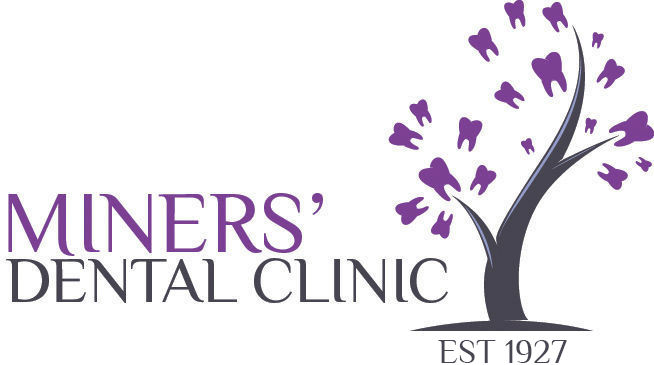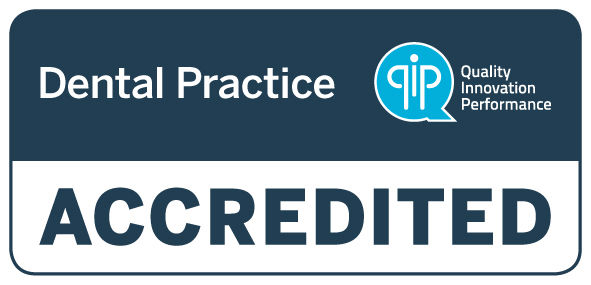Children�s teeth are very fragile and sensitive. Proper care is crucial to give the child a healthy and strong smile.
Due to the fragile nature of young teeth, problems can develop much more easily as compared to adult teeth. Conditions like cavities, tooth decay, injury to teeth, etc. are some very common concerns of parents of growing children. If these issues are not given proper medical attention, they may destroy the teeth completely and cause deterioration of overall oral health. Therefore, it becomes essential to give your child the proper treatment to prevent such dental conditions from getting worse.
Orthodontics is the branch of dentistry that includes the correction of the structure of the teeth. If the child has crooked, broken, or misaligned teeth, braces may help bring the teeth into proper alignment. This dental treatment also helps in the alignment of jaws and bones if they are out of proportion. Also, if there is not enough space available in the mouth for teeth, orthodontics can help align the teeth and provide the required space between teeth for even growth.
Another huge advantage of getting braces or orthodontic treatment is that patients of any age can opt for it. However, if the child is anywhere between 10 to 15 years old, the treatment becomes much more effective and fast as young teeth are much easier to align and straighten as compared to permanent adult teeth.
Orthodontic braces are available in various types. Traditional metal braces, brackets, lingual, braces, Invisalign, etc. are some options available. If the child is conscious about orthodontics affecting appearance, they can opt for Invisalign aligners. These braces are next to invisible and are much easier to maintain than traditional metal braces.
Traditional metal braces have posts in them to hold the metallic wire in place. This wire pushes back the teeth into alignment and the posts help to create gentle pressure. The major drawback of these braces is that they can greatly affect the appearance and be an inconvenience at times.
Let us try to understand your child is in need of an orthodontic treatment.
Crooked teeth
Growing children have teeth that require space to grow in size and structure. When there is not enough space for the teeth, they may grow into odd gaps and spaces and may become crooked. Crooked teeth are hard to take care of as it becomes harder to clean them as crooked teeth often overlap each other. Also, crooked teeth can cause problems with pronunciation and chewing food.
However, if crooked teeth are given support with the help of orthodontics while they are still growing, they can grow into a straight and aligned set of teeth within a span of months. If the parent notices crooked teeth and if the child is facing issues in speaking and chewing food, the child should definitely receive an orthodontic treatment. The dentist will suggest the appropriate type of dental braces suitable for the particular condition of the teeth.
Diastema
A gap between teeth is known as a diastema. More often than not, a diastema is just unflattering to look at and does not cause any serious issues. This space between the teeth is usually filled up as the permanent teeth start growing. However, there are common cases in which the diastema usually never fills up and becomes permanent. It is possible to fix diastema in growing children if the orthodontic braces are applied to the teeth at the right time. Orthodontics can help fill diastema by evenly aligning the teeth and giving the teeth equal space to grow.
Speech difficulties
Children aren�t perfect at speaking and pronouncing words, but if speaking normally proves difficult and painful, it may be time to receive an orthodontic treatment. Such speech difficulties are caused due to misaligned and crooked teeth. Getting orthodontic treatment is the permanent solution to speaking problems caused due to misalignment of teeth. Slurring of words and lisps are also common. Slurring happens when there is not enough space available for teeth to grow. Orthodontics provides enough space between teeth to grow and hence improve speech.
Misaligned jaws and teeth
When the teeth and jaw are not aligned with each other it is called a bad bite. A bad bite causes pain and discomfort while chewing, and speaking and can make the face look asymmetrical. A bad bite can also cause chronic pain in the back, neck, and the jaw.
Usually, traditional metallic braces are suggested for the correction of misaligned jawbones and teeth. These braces create gentle pressure on the jawline and push them back to make the jawline align with the teeth, making the jaws appear even.
Bruxism
Unconscious grinding of teeth during waking hours as well as sleeping is called bruxism. It can have an adverse effect on teeth as it gradually weakens the teeth and slowly becomes a habit. Unconscious bruxism is more common among children and can affect the teeth more strongly as young teeth are prone to damage. This condition can be fixed with the help of orthodontics and should be treated as soon as it is noticed by the parent.
Underbite or overbite
Underbite and overbite are conditions of the jaw which are usually caused due to uneven growth of the jaw.
When the bottom teeth protrude and overlap the above portion of the teeth, it is known as an underbite. It is usually caused due to overgrowth of the lower jawline and overgrowth of the lower one. In an overbite, the teeth of the upper jawline grow and protrude over the lower teeth. As opposed to an underbite, in an overbite, the upper jawline grows more than the lower one.
Such a disposition of the jawbone can cause the child to breathe through the mouth which can result in the narrowing of the jawbone and thus make the face look unpleasant. It also makes the tongue unable to stick to the roof of the mouth which prevents the closing of the lips.
If you suspect any of the above conditions, get your child to visit a dentist at the earliest. Dental issues if caught early can be corrected easily with minimum spend of time and money.


